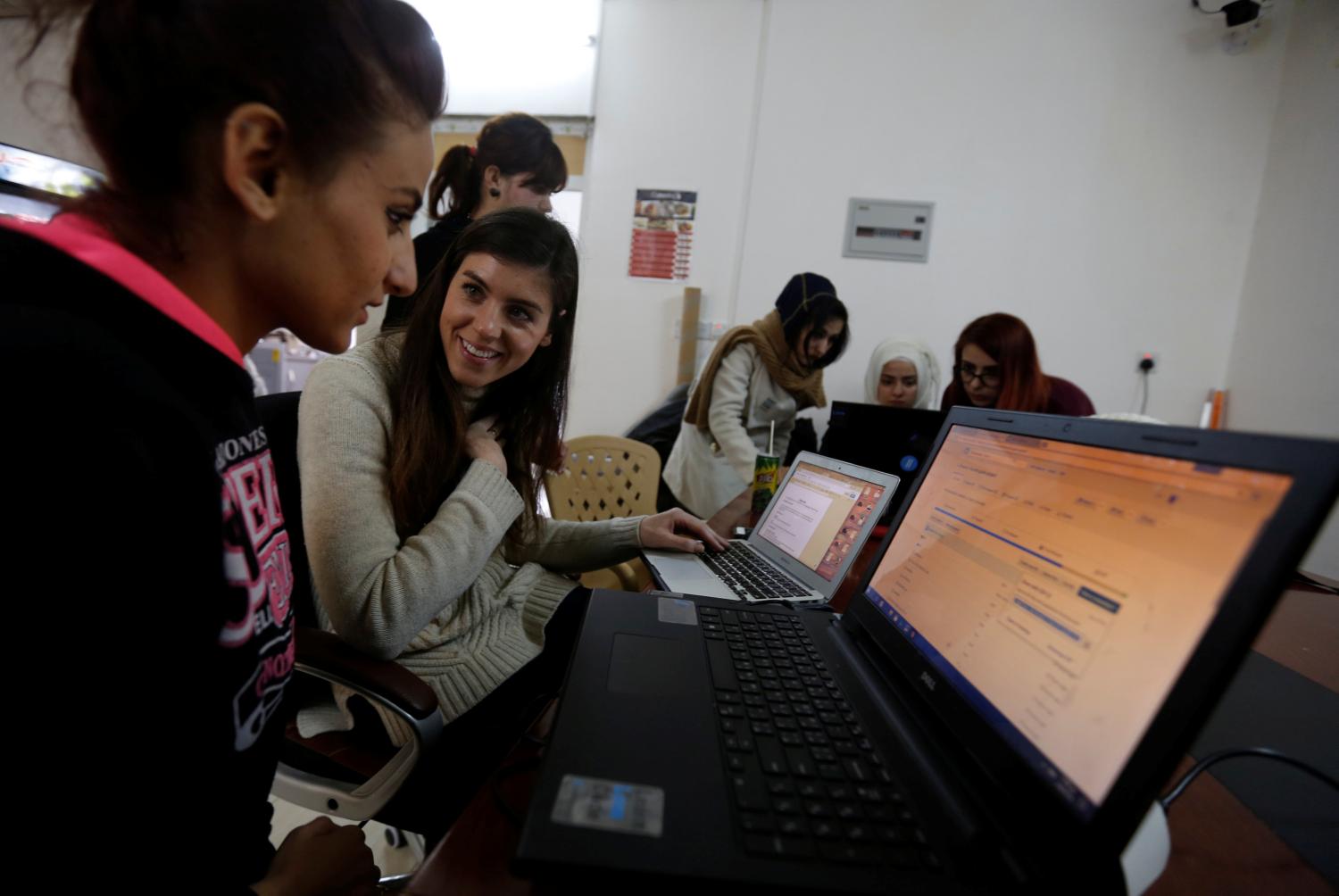Remember when toys were just toys—when children infused them with life and when young kings and queens sitting on living room floors became the architects of great castles with moats? Nevermore. Today’s toys move and talk, “think” and guide. No longer props for child’s play, the toys of today leave the Velveteen Rabbit in the dust and are more likely to control play than to support it.
Scientists are just beginning to investigate how the move to electronic and digital toys influences child’s play and parental interactions around play. Do the digital accouterments add to the buffet of playful choices that a toy offers or do electronic and digital toys rob children of the types of adult-child interactions that foster learning through play? In a recent issue of Mind, Brain, and Education, we begin to tackle this very question by asking whether a traditional shape sorter laced with e-language (square, circle) supported or inhibited high quality parental language.
Decades of research show that children benefit from both the amount of language that they hear and the quality of the conversations that they have with their parents as they play. Our research also shows that different kinds of toys offer prime contexts for learning rich vocabulary. Blocks, for example, draw out parent spatial language such as in, around, on top of, and under. Shape sorters promote language about circles and squares, trapezoids, and parallelograms. And remarkably, research suggests that building a vocabulary of spatial terms and geometric forms is related not only to language growth, but also to mathematics! Early geometry through shape names is even part of the Common Core educational initiative as learning spatial vocabulary relates to later STEM learning in science, technology, engineering, and mathematics.
In our E-Toy study, we examined parent-child pairs playing with either electronic or traditional versions of shape sorters for an average of approximately 7 minutes. Word-for-word transcriptions of the sessions, including what the parents said and what the electronic toy said, served as our data. Here is what we found.
Was the interaction of parents different in the two conditions? Yes. Even though parents talked an equal amount in the e-version and traditional versions of the toy, they used less spatial language in the electronic condition than when they were playing with the traditional toy. This effect held even when we accounted for the spatial words uttered by the toy itself. Traditional toys also sparked higher quality conversations.
These results offer just a first glimpse of differences in those old fashioned toys and the new and improved toys that seem to have a life of their own. We might have thought that these bells and whistles would enhance the educational value of the toy. Our results, however, suggest otherwise. And, they align with findings from other studies suggesting that when adult-child pairs play around electronic toys, adults are less responsive to children’s attentional bids than when playing with traditional toys, there is less pretense and elaboration with e-toys than with traditional toys, and that when parents read e-books rather than traditional books to their 3-year olds, their children are less likely to follow the plotline of the story.
Though much more research needs to be done, this collective work raises a cautionary flag. At least for young children, e-toys might not offer the educational punch available in the old-fashioned versions of the same toy. Given recent findings that children from lower-income families play more frequently with sound-producing toys, this finding can be of major consequence. Perhaps it is time to look more carefully at those toys that are shunted to the back of the shelves. Play that is 90 percent toy and 10 percent parent-child is not as “educational” as play that is 90 percent parent-child and 10 percent toy.
The Brookings Institution is committed to quality, independence, and impact.
We are supported by a diverse array of funders. In line with our values and policies, each Brookings publication represents the sole views of its author(s).





Commentary
Don’t let the toys do the talking: The case of electronic and traditional shape sorters
September 8, 2015